With the 150th Open championship getting under way on the Old Course, Michael Alexander asks several people with St Andrews golf connections to share their favourite Open memories and explain what the tournament means to them.
The staging of the 150th Open championship at St Andrews is bringing back memories of golf’s greatest champions with St Andrews winners Bobby Jones, Jack Nicklaus, Seve Ballesteros, Sir Nick Faldo and Tiger Woods amongst them.
But what place does the championship hold in the minds of those who live, work and have connections with the town?
St Andrews councillor Ann Verner
St Andrews Fife councillor Ann Verner helped St Andrews plumbing and heating engineer John Devlin with his efforts to bring US golfing legend Jack Nicklaus to St Andrews next week.
As exclusively revealed by The Courier in January, the 18-times major winner and two times St Andrews Open champion, who is fondly known as The Golden Bear, will become an honorary citizen of St Andrews by the Royal Burgh of St Andrews Community Council at a major public ceremony on Tuesday July 12.
Lee Trevino, José María Olazábal, Catriona Matthew, Sir Bob Charles and Sandy Lyle will also receive honorary degrees from the University of St Andrews in recognition of their achievements and outstanding service to the game of golf.
Councillor Verner admits she’s not a golfer.
When it comes to Open memories, however, her first dates back to 1984 when she and her husband Roy moved to Strathkinness to run the shop and post office.
“Mrs Hughes, whose family owned the St Andrews Golf Hotel (now The Hotel Du Vin), had Seve Ballesteros staying with her and we met him out walking one evening,” she recalls.
“He was such a gracious person. That was also the year that Concorde landed at Leuchars which we were able to see from the top of the hill. What wonderful memories!”
When her husband became a committee member at St Andrews Golf Club, they were privileged to watch the final day’s play of the Open from the balcony of the club which overlooks the 18th green. The atmosphere was “electric” she recalls.
However, having been approached by John Devlin and taking his Jack Nicklaus honorary citizenship idea to the community council, who unanimously agreed, she reckons 2022 could be her favourite Open yet!
Golf professional Renee Powell
Crossing the Atlantic to receive high profile accolades in St Andrews has become something of a habit for American professional golfer Renee Powell.
In 2008, the great-great granddaughter of Alabama slaves, who was the second African American woman ever to play on the LPGA Tour, became the first woman golfer to receive an honorary degree from St Andrews University.
In 2015 she then expressed “honour and shock” at being one of the first seven women to be nominated for honorary membership of the Royal and Ancient Golf Club of St Andrews.
In 2018, she returned to the Home of Golf yet again to officially open a St Andrews University hall of residence which had been named after her.
It was her second trip to Fife during the St Andrews Open of 1978, however, that made it one of the “most memorable” ones of her golfing life.
“The most memorable part of my time was watching history take place on one of the most hallowed grounds in golf,” she recalls.
“Here I stood and walked along the 18th fairway watching Jack Nicklaus – one of the greatest golfers of all time – as he was about to win his third Open Championship.
“I literally had to pinch myself.
“As a woman golfer of colour who lived in the United States on the other side of the ocean, I was experiencing one of the greatest opportunities every golfer would envy.
Watching the great Jack Nicklaus win the oldest Open Championship on the Old Course in the home of golf is one of the greatest highlights in my life.”
Renee, who visited The Open in 2015, said that unfortunately she won’t be able to attend the 150th Open this year.
However, she will be watching on TV from Ohio as much as she can.
She adds: “To me The Open means history and ties together the past with the present and the future.
“I feel so very blessed to be an honorary member of the R&A and able to play golf on the hallowed grounds where The Open is being contested.”
Golf historian Roger McStravick
Award-winning St Andrews-based author and golf historian Roger McStravick has written extensively about the golfing greats.
When it comes to the great Opens throughout history, however, there is one that encapsulates so much about not just the heritage of The Open but also the great heights of its winner.
It is the 1870 Open in Prestwick won by the “boy king”, Tommy Morris, who grew up in St Andrews and died tragically aged just 24.
“To put it into context,” says Roger, “Tommy from St Andrews had moved to Prestwick in the year he was born.
“His father Tom had designed the Prestwick links 12-hole course and won The Open there on four occasions.
“Tom remains today the oldest winner and holds the record for the largest margin of victory, when he won in 1862 by 13 shots.
“Tommy arrived at the 1870 championship with two Open victories already.
“He was the youngest winner of The Open in 1868, when he was a mere 17-years-old.
“Tom came second that year and is the only father ever to come second to his son.
“In the following year, at only 18, Tommy won by 11 shots.”
Roger explains that in those days, they played for the Champions Belt, which was akin to a boxer’s belt today.
The rule was set that if anyone won three times in a row, they would get to keep the belt.
Tommy was trying to achieve something that neither his father nor the great Willie Park Sr from Musselburgh, the golfing giants of the day, ever could.
With history breathing down his neck Tommy could have been forgiven for having an off-day.
The first hole at Prestwick was a gargantuan 578 yards.
Given that they could hit the ball at best 200 yards with their long-nosed hickory clubs and rudimentary guttie, this was a daunting first hole.
So what did Tommy do? He scored a three. It was unheard of. The holes did not have par, but if they did, locals would consider it a par six.
Making history
“Tommy went on to win by 12 shots,” says Roger.
“He scored 25 shots better than Willie Park’s first Open victory score in 1860.
“Rather than wilt under pressure Tommy seemed to thrive.
“As the winner, he got to keep the Champions Belt. There was no event in 1871 because there was no trophy.
“In 1872 Prestwick, St Andrews and the Honourable Company of Edinburgh Golfers based then at Musselburgh, commissioned the Claret Jug.
“It was not ready for the tournament, which Tommy won at Prestwick for his fourth and last time.
“With no trophy for 1872, they gave Tommy a gold medal instead and this tradition for the winner continues to this day.”
In 1873, when the event came to St Andrews, local Tom Kidd was the first champion to lift the Claret Jug.
In 1875 Tommy went to bed on Christmas Eve after saying goodnight to his parents Tom and Nancy.
When he didn’t surface, Tom went to wake him but found him dead. He was only 24.
Tommy had suffered an aneurysm in his left lung and effectively bled to death.
It was a shock to St Andrews and the game.
“That 1870 Open encapsulates Tommy at his very best,” adds Roger.
“He may be gone, but in Open history he certainly is not forgotten and that is why The Open is so special for me.
“It offers us exciting stories, heroes and memories year after year and for that I am truly grateful.”
Remarkable Open history
You don’t have to stray far from the world famous golf links in St Andrews to find reminders that this is the Home of Golf.
But perhaps one of the most remarkable settings is the cemetery within the ruins of St Andrews Cathedral which has the graves of more former Open champions and their families than any other place in the world.
From the graves of Bob Martin to Hugh Kirkaldy, and Sandy Herd to the resting place of Jamie Anderson, it is a unique site filled with the graves of noted historic town figures and unprecedented numbers of local golfing legends from the 19th and early 20th centuries.
The one that stands out, however, is the striking memorial for four times Open champion ‘Young’ Tommy Morris.
The remarkable life story and context of Tom and his son is brought to life just by walking up North Street towards the cathedral grounds, in what was then the poorest part of St Andrews.
In all, there’s the dwellings of something like 12 Open champions, several US major winners and an Amateur Championship winner.
Most remarkably, however, these were all local guys from what was then the poorest part of town at the east end of North Street.
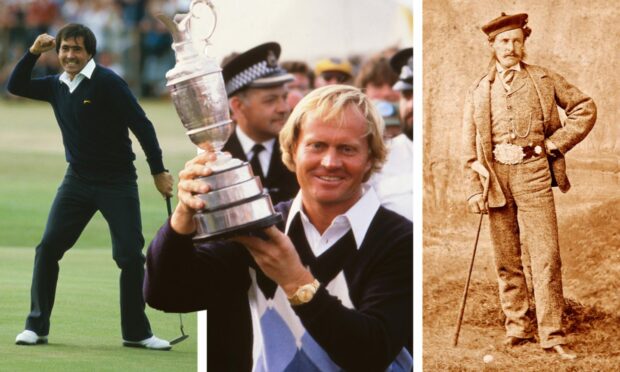
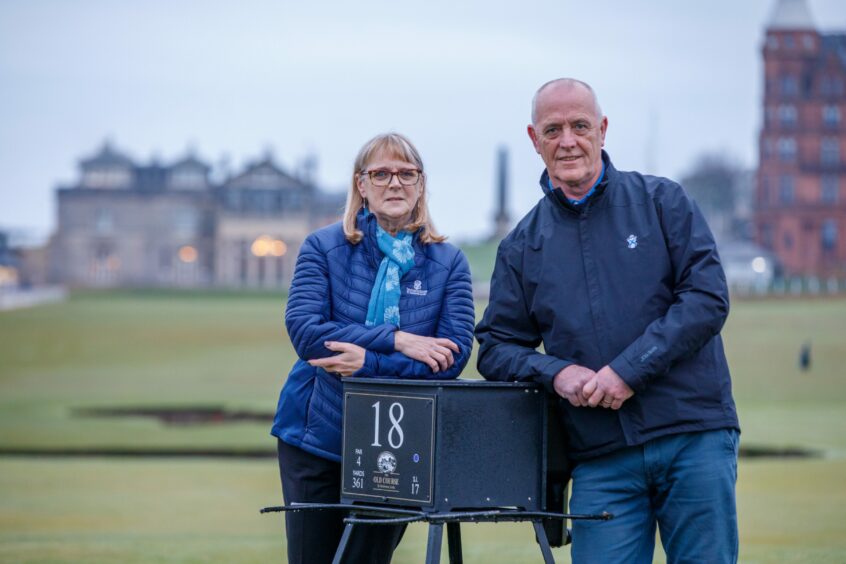
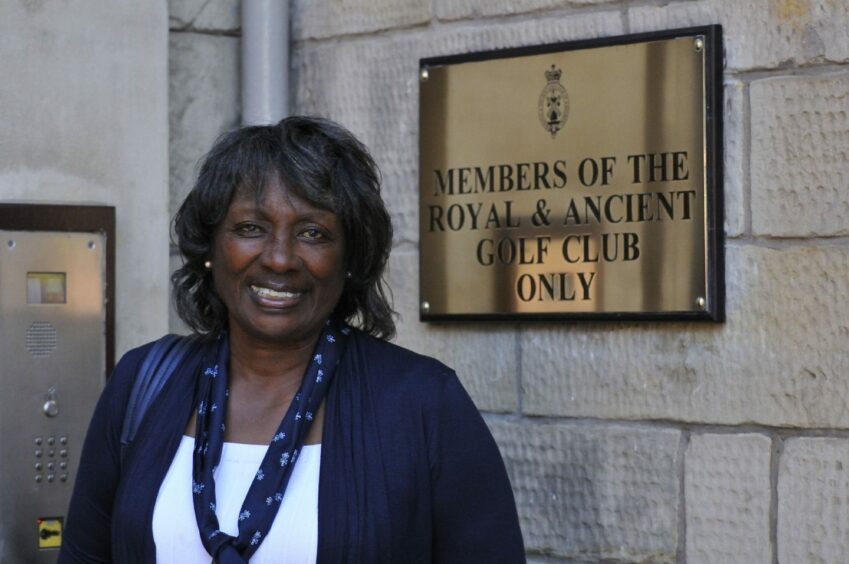
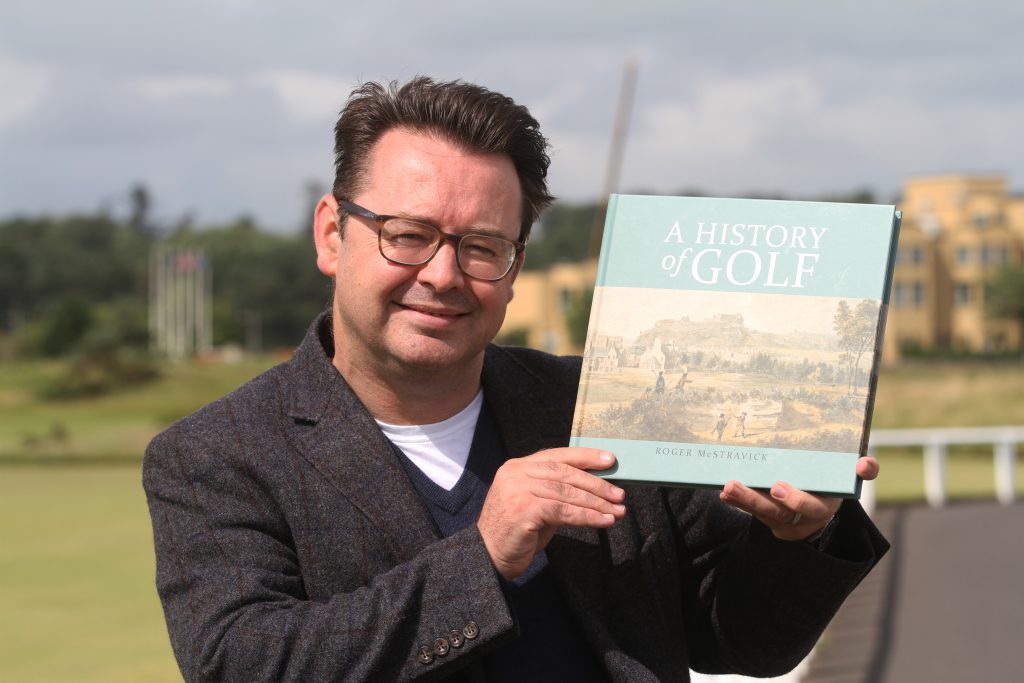
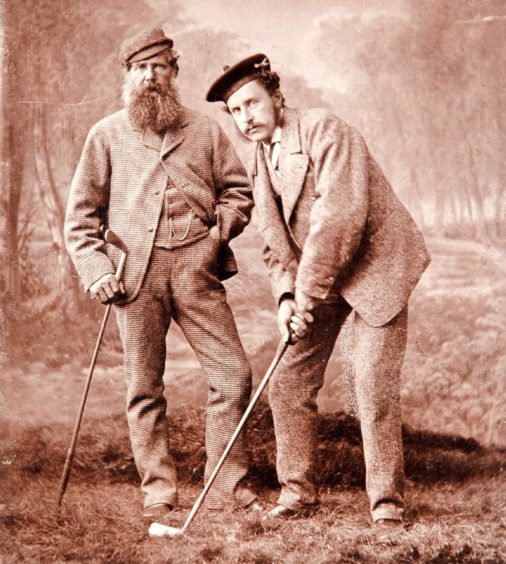
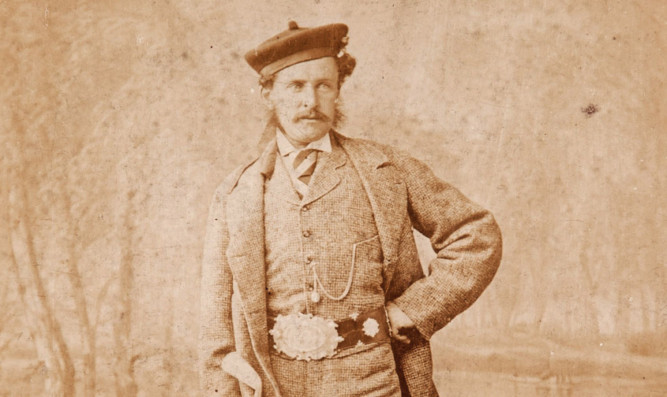
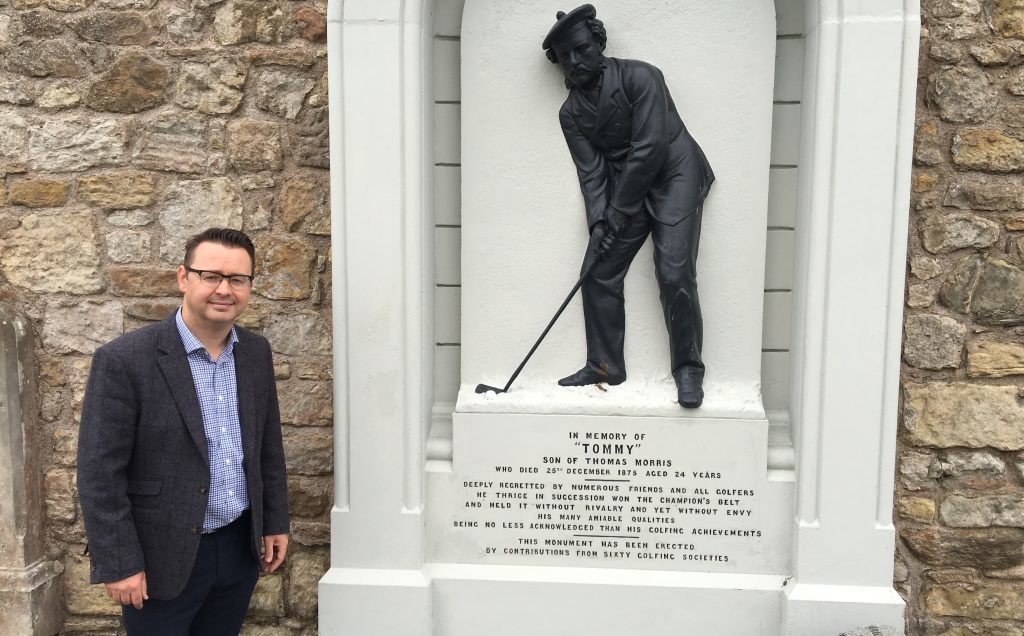
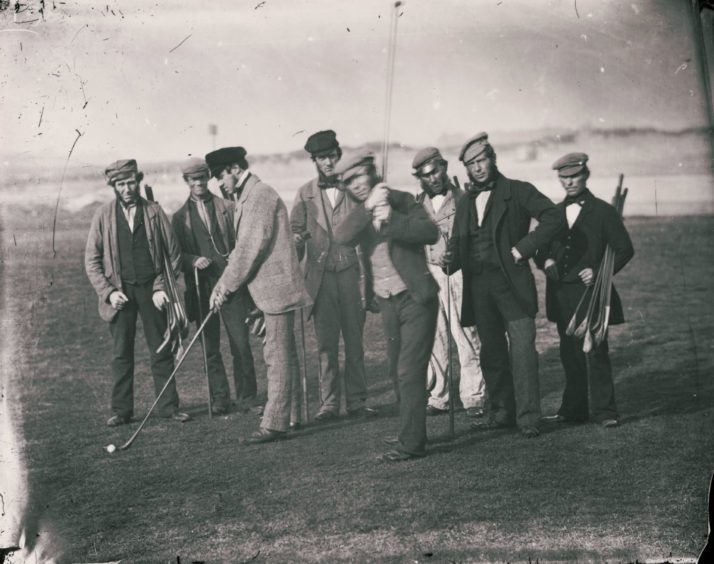

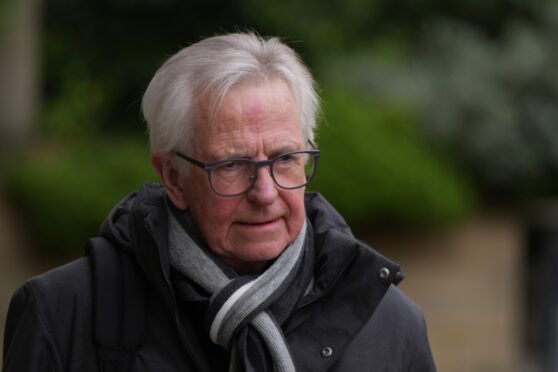

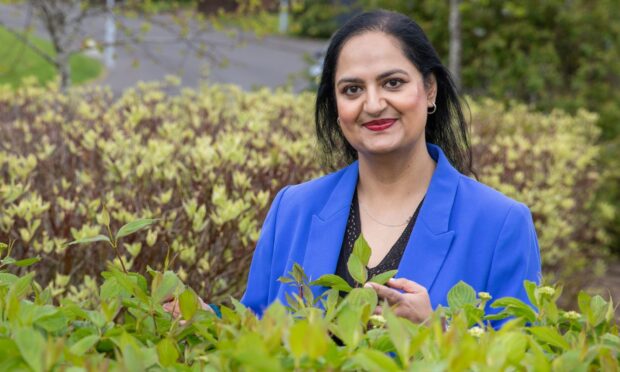
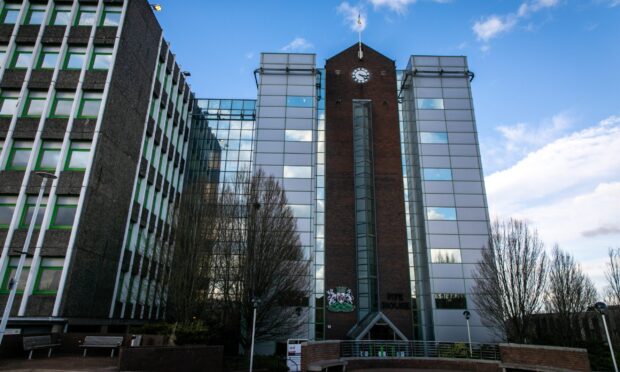
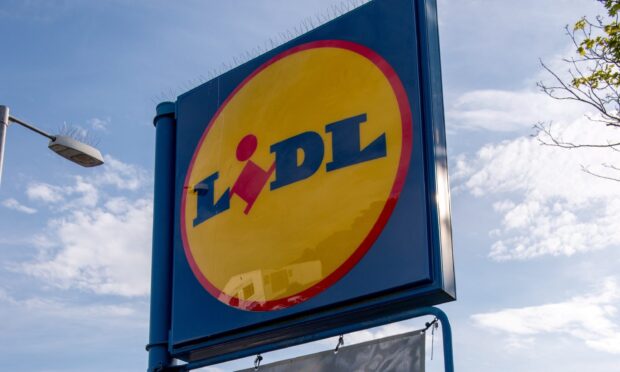
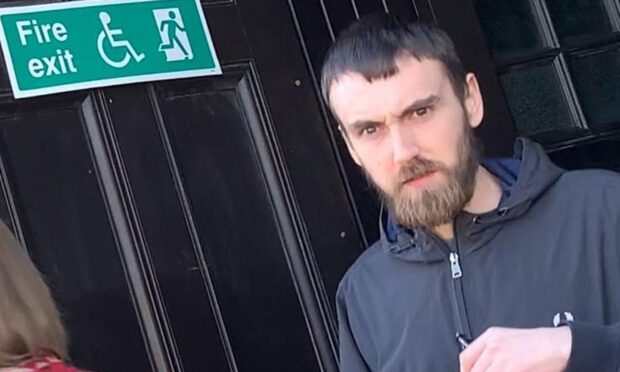
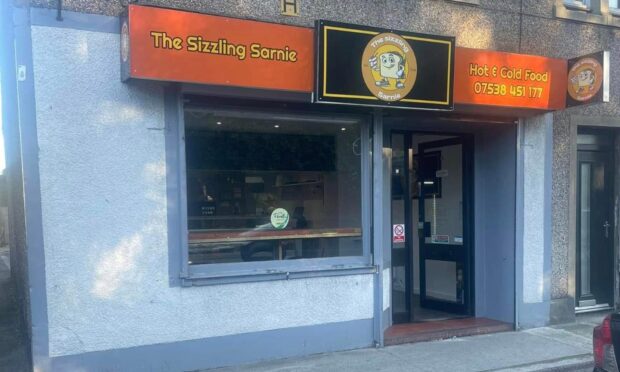
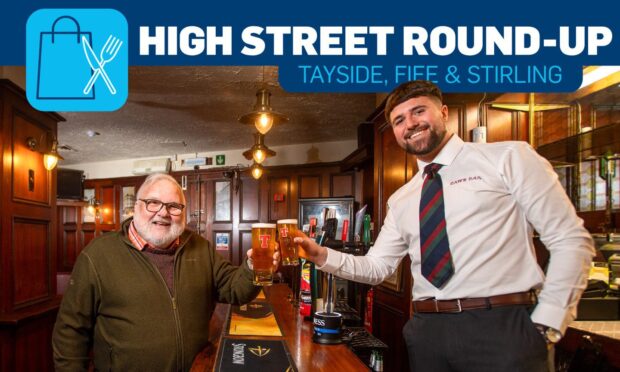


Conversation